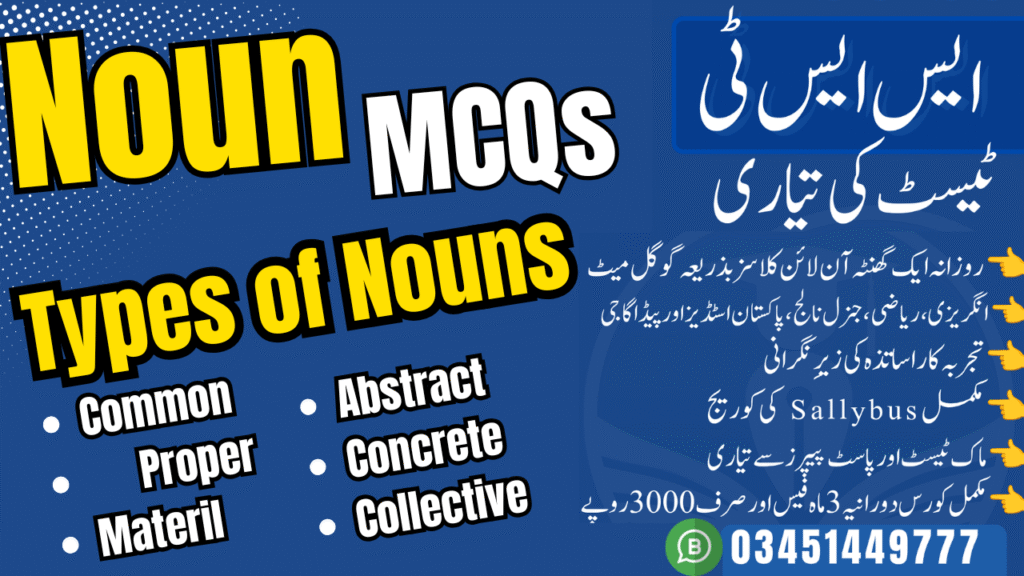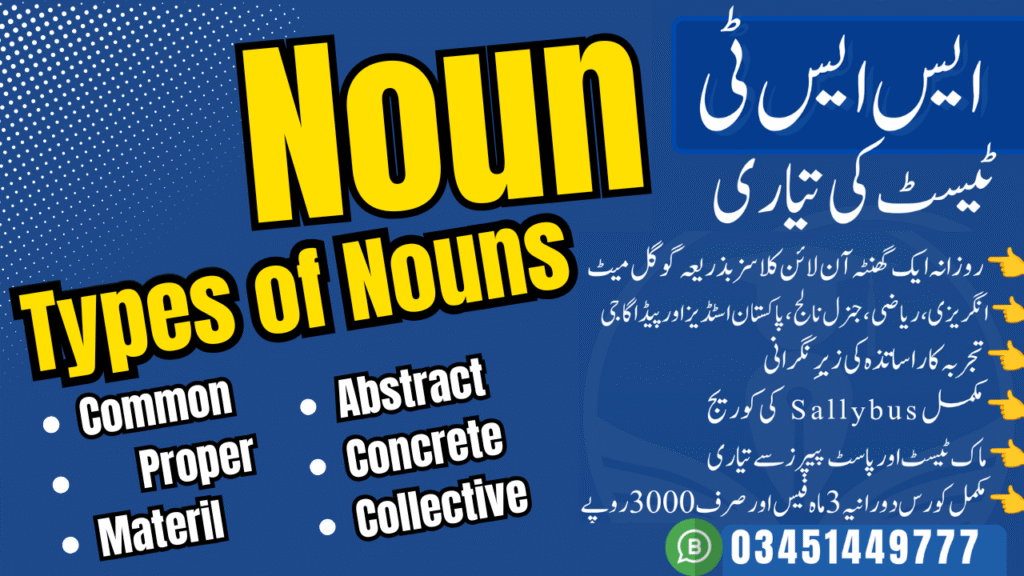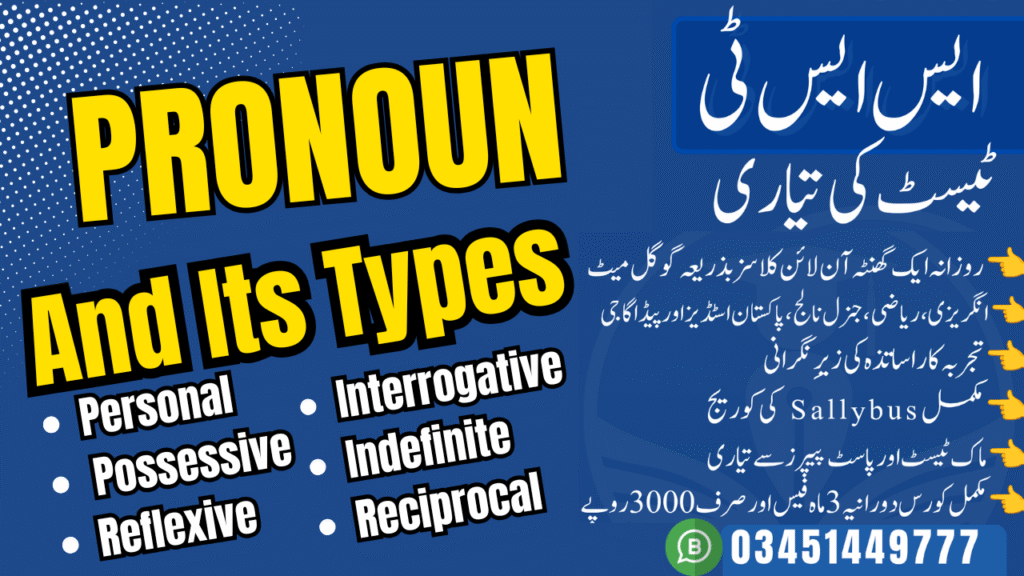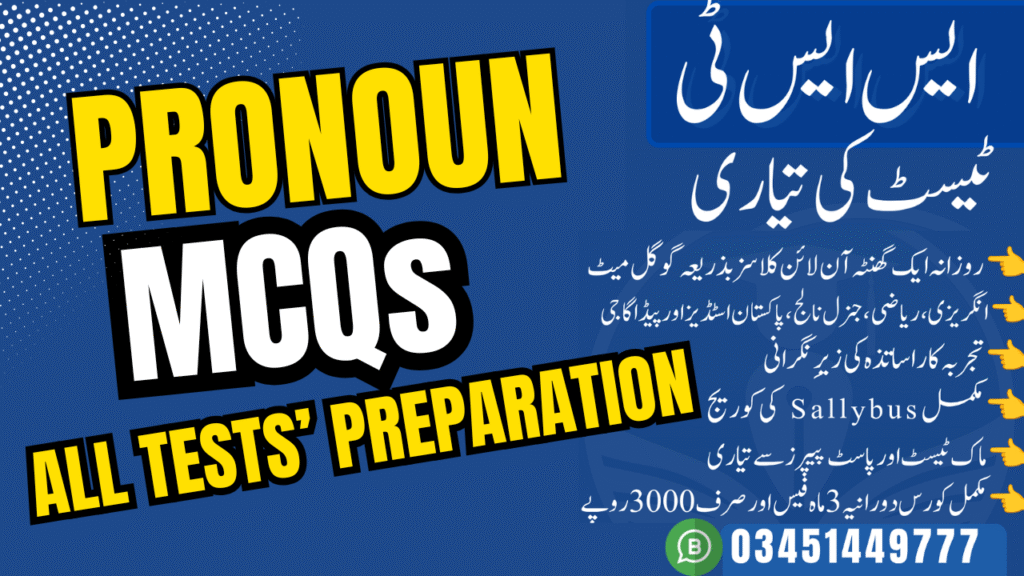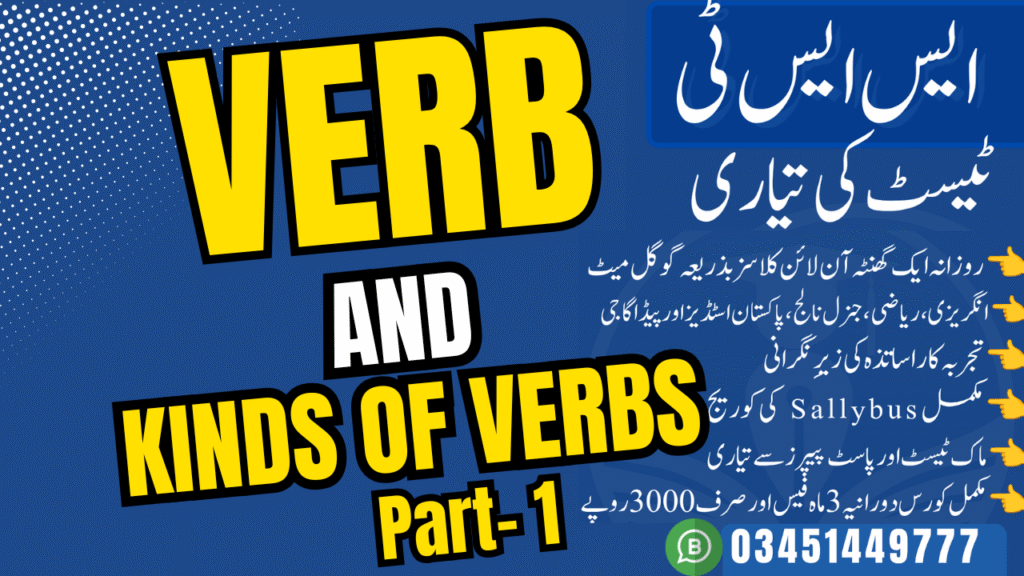Interjections are fascinating linguistic elements that, while often grammatically detached from the main structure of a sentence, carry immense expressive power. They serve as immediate indicators of emotion, surprise, or other sudden feelings, playing a crucial role in conveying the speaker’s or writer’s state of mind. This article delves into the definition, purpose, types, placement, and appropriate usage of interjections in the English language, highlighting their significance, particularly in informal communication, and offering guidance on their effective deployment.
What is an Interjection?
An interjection is a word, phrase, or a sound used to express a sudden feeling or emotion. These emotions can range from surprise and excitement to happiness, anger, joy, grief, approval, or dismay. Unlike other parts of speech that integrate into a sentence’s grammatical framework, interjections are notable for their grammatical independence. This means they do not form part of the sentence’s syntactic structure and can often stand alone as complete, albeit minor, sentences.
Consider the examples provided:
- “Hello! What are you doing there?”
- “Alas! He is dead.”
- “Hurrah! We have won the game.”
- “Ah! Have they gone?”
- “Oh! I got such a fright.”
- “Hush! Don’t make a noise.”.
In each instance, the initial word or phrase expresses a strong sentiment but could be removed without rendering the rest of the sentence grammatically incorrect. This independent nature is a defining characteristic of interjections. They function “independently within a sentence” and are also referred to as exclamations.
The purpose of communication, generally, is not to influence readers by showing scholarly personality, but to make terms easy to understand. Technical communication aims to help users complete tasks, use products, or operate equipment, and it emphasizes clarity and conciseness, avoiding vague literary references.
Expressive writing, journalistic writing, or creative literature are distinct from technical communication. Interjections, with their focus on raw emotion, naturally find their most suitable home in genres that allow for such expression, like novels, fictional works, emails, and other forms of informal communication.
An interjection is a word or phrase used to express a spontaneous feeling, a sudden emotion, or a reaction to a situation. The term itself is derived from the Latin phrase
interjicere, which means “to throw between”. This etymological origin serves as a powerful descriptor for their function; they are words that are “thrown in” between thoughts or sentences to add emphasis or convey an emotional state.
A defining characteristic of interjections is their unique grammatical independence. They do not have a direct syntactic connection to other parts of a sentence, meaning they can often be removed without impacting the core meaning. This stands in stark contrast to other parts of speech, such as adverbs, which are defined by their modifying relationship to verbs or adjectives, or conjunctions, which are used to join words or phrases within a sentence. Interjections function as standalone utterances, existing outside the traditional grammatical structure.
Expression
The primary function of most interjections is to express a feeling or a personal state rather than to represent a concrete idea or concept. They are, at their core, “emotion-centric,” providing a concise and dramatic way to convey sentiments such as joy, pain, disgust, or surprise. Their use is particularly common in everyday speech and informal writing because they lend a natural, human-like quality to conversation.
The existence of interjections presents a unique paradox within the study of language. While they are considered a formal part of speech, they often consist of sounds or syllable types that are not typically used in a language’s standard vocabulary. This has led some linguists to describe them as existing at the “border between verbal and non-verbal communication”. They are linguistic tools that perform the function of a non-verbal cue, such as a gasp, a grunt, or a throat-clear. This perspective helps explain why interjections are so crucial for creating a sense of “naturalness” and engagement in conversational AI and why they are often one of the most difficult elements of a language for a learner to master. The historical debate among early intellectuals—some of whom sought to categorize interjections as a type of adverb, while others saw them as a distinct part of speech—demonstrates the long-standing tension inherent in their dual nature: they are both a formal component of grammar and a raw expression of the spontaneous, pre-linguistic human mind.
Classifications and Functions
Primary & Secondary Interjections
Linguists commonly classify interjections into two main categories based on their origin and function: primary and secondary interjections.
- Primary interjections are words or sounds that exist exclusively as interjections and do not have other grammatical uses. They are typically simple, single-syllable words or sounds without a clear etymology. Examples include Oops!, Ouch!, Yikes!, and Hurrah!.
- Secondary interjections are words or phrases from other parts of speech that have been adopted for an interjective role. This is a dynamic and flexible category that includes nouns ( Heavens!), adjectives (Awesome!), adverbs (Well), verbs (Stop!), and multi-word phrases (Oh dear!, Thank God!).
The prevalence of secondary interjections is significant; a substantial portion of all interjections function by “piggy-backing” on other parts of speech. This linguistic phenomenon illustrates a fundamental adaptability of the English language, where words can be instantly repurposed to express an emotional state. This “structural lack of identity” means that interjections are defined by their usage and contextual application rather than by their form. This inherent malleability is precisely what makes them so challenging for language learners to master, as their proper use requires a deep understanding of social and pragmatic context. The language itself provides a mechanism for immediate, on-the-fly emotional expression by allowing for the conversion of words from other classes into powerful interjective tools.
Classification by Meaning: Emotive, Volitive, and Cognitive
Beyond their origin, interjections are also categorized by the specific type of meaning they convey.
- Emotive Interjections: These are the most common type, used to express a sudden emotional reaction. This category encompasses a wide range of feelings, including joy ( Hurrah!, Yay!), surprise (Wow!, Whoa!), pain (Ouch!, Alas!), and disgust (Yuck!, Ew!).
- Volitive Interjections: These function as an imperative or a directive, requesting or demanding something from a listener. Examples include Shh! (a demand for quiet), Psst! (a request for attention), and Help! (a cry for assistance).
- Cognitive Interjections: These express a thought process or a sudden realization. This category includes hesitation markers like Um and Er, which indicate that the speaker is thinking. It also includes words of sudden understanding like Aha!.
Functional Compendium of Interjections
Interjections serve a variety of functional roles in communication that extend beyond the simple expression of emotion. They are used for:
- Greetings and Parting: Hello!, Hi!, Hey!, Bye!.
- Attention-Getting: Hey!, Psst!, Excuse me!, Ahem!.
- Affirmation or Negation: Yes!, No!, Okay.
- Hesitation and Fillers: Um, Er, Uh, Hmm.
A critical aspect of interjections is the contextual malleability of their meaning. The same interjection can express different or even contradictory sentiments depending on the context and intonation. For instance, the interjection “Oh” can convey surprise, disappointment, pleasure, or pain. Similarly, the word “Wow” can express positive admiration or negative sarcasm, depending on how it is said. This is not a fixed linguistic rule but a form of linguistic
deixis, where the interpretation is bound to the specific time, place, and situation of the utterance. For language learners, this means that a simple list of interjections is insufficient; one must learn their nuances by observing their use in conversation.
| Primary Interjections | Secondary Interjections |
| Definition: Words or sounds that function exclusively as interjections and do not have other grammatical roles. | Definition: Words or phrases from other parts of speech that are used in an interjective role. |
| Word Origin: Typically single words without a clear etymology. | Word Origin: Converted from other word classes like nouns, verbs, or adjectives, or from multi-word phrases. |
Examples: Ouch!, Oops!, Hurray!, Yikes! | Examples: Awesome! (adjective), Stop! (verb), Heavens! (noun), Oh dear! (phrase). |
| Behavior: They are interjections first and foremost and do not serve alternative functions. | Behavior: They “piggy-back” on their original meaning to express a sudden feeling or reaction. |
| Emotion / Function | Common Interjections | Example Sentences |
| Joy / Pleasure | Yay!, Yippee!, Hurray!, Woohoo! | Yay! We won the match! |
| Surprise / Shock | Wow!, Oh my!, Whoa!, Gosh! | Wow! That's a beautiful dress. |
| Pain / Sorrow | Ouch!, Ow!, Alas!, Ugh! | Ouch! I stubbed my toe. |
| Disgust / Displeasure | Yuck!, Ew!, Blech!, Darn! | Yuck! This milk has gone bad. |
| Attention-Getting | Hey!, Psst!, Ahem!, Excuse me! | Ahem! May I have your attention? |
| Greetings | Hello!, Hi!, Hey! | Hey! What's up? |
| Hesitation | Um, Er, Hmm, Well | I think, um, we should reconsider our plan. |
| Approval / Admiration | Bravo!, Cheers!, Awesome! | Bravo! A tremendous performance! |
Punctuation and Placement
Punctuation Rules
The punctuation used with an interjection is not an arbitrary grammatical rule but a deliberate choice that reflects the intended tone and intensity of the emotion being expressed.
- Exclamation Mark (!): This is the most common punctuation mark for interjections. It is used to emphasize strong emotions, demands, or a sense of urgency.
- Comma (,): A comma is used for milder or less intense emotions. It also serves to connect the interjection to the rest of the sentence when it appears at the beginning, middle, or end.
- Period (.): A period can be used with interjections to express a very low-intensity emotion or thought. This gives the interjection a subdued or understated tone.
- Question Mark (?): A question mark is used when an interjection expresses confusion, asks a question, or conveys a sense of disbelief.
The choice of punctuation is a critical element in written communication because it acts as a substitute for spoken intonation. For example, a speaker’s tone and pitch can signal whether “Wow” expresses sincere awe or sarcastic dismissal. In writing, punctuation (e.g.,
Wow! versus Wow.) must perform this function. The written punctuation rules for interjections are therefore not simply about grammar but about bridging the gap between the prosodic cues of spoken language and the visual structure of written text. They serve as a guide for the reader, ensuring the correct emotional cadence is understood.
| Punctuation Mark | Purpose | Example | Placement |
| ! | Strong emotion, surprise, or demand. | Wow! What a beautiful day! | Standalone, Beginning, End |
| . | Mild, low-intensity emotion or statement. | Oh. I must have missed that. | Standalone, Beginning, End |
| , | Mild emotion; connects the interjection to the rest of the sentence. | Well, I suppose we could reschedule. | Beginning, Middle, End |
| ? | Confusion, skepticism, or to ask a question. | Huh? Did he really say that? | Standalone, Beginning, End |
Placement and Flow
Interjections are exceptionally flexible in their placement. They can function as a standalone utterance, a complete sentence in themselves, or they can be incorporated into a larger sentence.
- Beginning of a Sentence: This is the most common placement. The interjection serves to set the emotional tone before the main idea is presented. Example:
Ouch! That really hurt.. - Middle of a Sentence: When placed in the middle, interjections act as interrupters or parenthetical elements, adding emotional emphasis to a specific point. They are typically set off by commas, hyphens, or parentheses. Example:
I think she's, um, Will's sister.. - End of a Sentence: An interjection at the end of a sentence often serves as an afterthought, reinforcing the emotional reaction to what has been said. Example:
My team lost again. Boo!.
Everyday Usage in Informal English
Interjections are a fundamental part of natural, informal conversation. They are used to express an immediate, authentic reaction to an event, whether it is pain (Ow!), a sudden realization (Aha!), or joy (Woohoo!). Beyond emotional expression, they serve crucial pragmatic functions. They can be used as polite greetings (Hey!), to get someone’s attention (Psst!), or to fill a pause while the speaker thinks (Um...). Their ability to add layers of meaning and nuance, even through sarcasm (Duh), makes them indispensable for sounding like a native speaker.
Usage in Formal and Academic Writing
Interjections are almost universally avoided in formal, academic, and business writing. The primary reason for this is that formal communication prioritizes objectivity, factual content, and a succinct, impartial tone. The emotional emphasis provided by an interjection is considered superfluous and can undermine the professional credibility of the document.
The use of an interjection functions as a powerful register marker. Its presence or absence signals the social and intellectual contract between the writer and the reader. In an academic paper, the absence of interjections signals that the work is serious, logical, and grounded in objective analysis, not personal emotion. Conversely, their inclusion in a creative or informal context signals that the communication is personal, conversational, and focused on relatability. A writer who inappropriately uses interjections in a formal context may be perceived as immature or not taking their work seriously.
Interjections in Creative Writing
In creative writing, interjections are a vital tool for enhancing dialogue, developing character voice, and controlling narrative pace. They allow a writer to “show” a character’s emotion instantly, rather than “telling” the reader about it. For example, the line
'Wow!' Riley exclaimed is far more impactful than Riley was surprised.
Interjections can quickly add tension, humor, or relief to a story. Giving a character a unique interjection or catchphrase—such as Homer Simpson’s iconic
D'oh! or the Ninja Turtles’ Cowabunga!—can make them more memorable and serve as a shorthand for their personality.
Social Media and Digital Communication
In modern digital communication, interjections are ubiquitous, especially in text messages and social media. Digital-native interjections such as
LOL (laugh out loud) and OMG (oh my god) have become commonplace and are often used as substitutions for longer expressions or feelings. Emojis also function as a visual form of interjection, adding nuance and emotion to texts. The vomiting emoji, for instance, can visually represent the feeling of
Yuck!.
Cultural and Linguistic
Universal vs. Culturally-Specific Expressions
While some basic emotional expressions, like facial cues for happiness, anger, or disgust, are universally recognized across cultures, the vocalizations and interjections used to express those feelings are not always the same. For instance, the English interjections
gee and wow have no direct equivalent in Polish, and the Polish interjection of disgust, fu, sounds different from the English Yuck!.
However, some interjections, particularly those used for managing social interaction, show a remarkable degree of cross-linguistic similarity. The interjection Huh?, used when a listener has not heard what was said, is used in a remarkably similar way in over 30 languages and is often cited as a potential universal word.
The existence of both universal and culture-specific interjections points to a deeper evolutionary functional distinction. Interjections rooted in primal, basic, and often non-verbal sounds (e.g., a gasp of surprise or a grunt of pain) may have universal phonetic elements, leading to similarities across languages. In contrast, interjections that have evolved to facilitate social cohesion within a specific group, such as an interjection for relief or achievement, are more culturally bound. The Japanese interjection
Aizuchi, used to show understanding in a conversation, is a perfect example of a culturally-specific interjection that serves as a powerful “pragmatic marker of identity”.
Phonetic and Phonological Uniqueness
A notable linguistic characteristic of interjections is their use of sounds and syllable types that are uncommon in other parts of a language’s vocabulary. This phonetic atypicality is one of the reasons they have traditionally been considered to lie outside the formal domain of language. Examples from English include:
- Consonant-only words:
Brrr,Shh!, andPsst!are interjections composed entirely of consonants, which is phonologically rare in English and many other languages. - Words with clicks or throat-clearing sounds:
AhemandTut-tutare written like standard words but are produced using non-standard vocalizations. - Words with a glottal stop: The interjection
Uh-ohcontains a glottal stop, a feature common in American English dialects but not universally found in other English words.
| English Interjection | Language | Interjection/Expression | Cultural/Phonetic Notes |
| Gee, Wow | Polish | No direct equivalent. | Polish speakers use different-sounding expressions to convey similar meanings. |
| Yuck! | Polish | fu | A different-sounding equivalent, highlighting cultural and phonetic differences. |
| Huh? | Many | Similar-sounding expressions. | Remarkable cross-linguistic similarity, suggesting a potential universal word. |
| Tut-tut | African Languages | Made up entirely of clicks | Clicks are an active part of regular speech in several African languages. |
| Yikes tabarnak! | Quebecois French/English | Fusion of slang and traditional expletives. | Example of cultural fusion and linguistic playfulness. |
| My God! | Greek, Russian, Italian, Spanish, German | Oh mio Dio! (Italian), Gott sei Dank! (German) Dios mio! (Spanish) | Religious phrases are commonly used as interjections of surprise or relief across multiple languages. |
The Three Main Types of Interjections
Interjections can be grouped into three main categories based on what they do:
- Emotive Interjections: These are the most common type and are all about feelings.
- Pain or Sorrow:
Ouch!,Alas!,Ugh! - Joy or Delight:
Yay!,Woohoo!,Hurray! - Surprise or Shock:
Wow!,Whoa!,Oh my!
- Pain or Sorrow:
- Volitive Interjections: These are for requests or commands. They’re about getting what you want.
Shh!(a command for quiet)Psst!(a quiet request for attention)Help!(a cry for assistance)
- Cognitive Interjections: These are the thinking words. They show a thought process or a sudden realization.
Um...,Er...(used when you’re thinking)Aha!(used for a sudden discovery)
Punctuation and Placement: The Rules of the Road
The punctuation you use with an interjection can completely change its meaning.
- For strong emotions, use an exclamation mark (!):
Yikes! That was a close call!. - For mild emotions, use a comma (,):
Well, I'm not so sure about that.. - For confusion or to ask a question, use a question mark (?):
Huh? What did you say?.
Interjections are also flexible in their placement. They can stand alone as their own sentence, or you can put them at the beginning, in the middle, or at the end of a sentence.
Where to Use Interjections?
Mastering interjections isn’t just about knowing what they mean; it’s about knowing when and where to use them.
- In Your Everyday Life & Dialogue: Use them freely in casual conversation, texts, emails, and social media posts. They make dialogue sound authentic and conversational. In fact, many fictional characters are famous for their signature interjections, like Homer Simpson’s
D'oh!. - In Formal Writing: Here’s the big rule: avoid them! Interjections are generally considered too informal for academic essays, business reports, or any formal document where objectivity is key. Using them in the wrong context can make your writing seem unprofessional.
Types of Interjections
Interjections can be broadly categorized into primary and secondary types, depending on their origin and typical usage.
Primary Interjections: These are single words that primarily derive from sounds rather than from other existing word classes. Despite their sound-based origin, they possess widely recognized meanings. Examples of common primary interjections include:
- Argh: Expressing frustration.
- Brr: Indicating coldness, as in “Brr, it’s freezing in here!”.
- Eww: Expressing disgust, such as “Eww! I hate coconuts!”.
- Grr: Conveying anger.
- Ooh: Expressing amazement, as in “Ooh, that’s a beautiful dress.”.
- Phew: Signifying relief.
Primary interjections can often be linked to a major sentence using a comma, or they can stand alone as minor sentences, typically punctuated with an exclamation point to emphasize the strong emotion.
Secondary Interjections: These are single words or short phrases that originate from other existing word classes but are used to convey emotion. Common examples include:
- Bless you.
- Congratulations.
- Good grief.
- Hell.
- Hey.
- Hi.
- Oh my.
- Oh my God.
- Oh well.
- Shoot.
- Well.
- What.
- Wow.
Secondary interjections are also frequently punctuated with exclamation points to highlight intense emotion. For Example: “Oh my God! We won the lottery!” or “Wow! What a great achievement!”.
However, weaker secondary interjections might be punctuated with a period, or interrogative ones with a question mark.
An example of a weaker interjection is “Well shoot. I really thought we were going to win”, and an interrogative one could be “Good grief. I didn’t see that coming”.
Other interjections and their specific uses:
- Curse words: Vulgar or offensive words, when not grammatically linked to another part of a sentence, are also considered interjections.
- Look!: Used when someone wants another person to pay attention to what they are about to say, often implying annoyance.
- Lookout!: Employed to warn someone of potential danger.
- Never mind!: Used to indicate that something is not important.
- Search me!: Stresses that the speaker does not know the answer to a question.
- Shh!: Used to ask someone to be quiet or make less noise.
- Shoo!: Used to tell an animal or an annoying person to go away.
- Oh, do shut up! / Do take care of yourself!: The auxiliary verb “do” can be used before the main verb of an imperative sentence to add emphasis to a command, instruction, or request. This is an “emphatic do”.
Sentence Placement
Interjections can appear at various points within a sentence: at the beginning, in the middle, or at the end. However, they are most commonly placed before the sentence that clarifies the reason for the expressed emotion.
Examples of interjections preceding a sentence:
- “Ooh, that’s a beautiful dress”.
- “Brr, it’s freezing in here!”.
- “Oh my God! We’ve won!”.
- “Wow! What a great achievement!”.
While less common, interjections can also interrupt the flow of a sentence in literary writing, especially when reporting expressions. For example, “‘Your information,’ I replied, ‘is out of date.'”.
Punctuation of Interjections
The punctuation chosen for an interjection is vital as it directly reflects the intensity and nature of the emotion being conveyed. Interjections, given their ability to stand alone, can be punctuated with a period, an exclamation point, or a question mark.
- Exclamation Point: This is used when the emotion is very strong and is not a question. It signals strong emotion or surprise. For instance: “Wow! Look at that!” or “Bravo! You won the race!”.
- Question Mark: If an interjection expresses disbelief, uncertainty, or is interrogative in nature, a question mark is appropriate. Examples include: “Huh? You’re not coming?”, “Well? Are we going to watch a movie?”, or “What? You don’t like coconuts?”.
- Comma: Since interjections are not complete sentences, some writers opt to attach them to a complete sentence using a comma. This is often a matter of preference and can indicate a less intense emotion or a smoother integration into the sentence. An example is “Oh, they are late”.
It’s important to remember that punctuation with exclamations marks can also apply to declarative, imperative, and interrogative sentences, transforming them into exclamatory sentences by conveying strong feeling. For example, “I’m so sorry!” and “I can’t believe that you have stolen it!” are exclamatory sentences.
Formal vs. Informal Usage
The use of interjections is heavily influenced by the formality of the writing or communication context. Interjections are “not common in most academic writing” and are “more commonly used in speech”. Exclamation marks, which frequently accompany interjections, “mostly appear in informal or conversational writing”. This preference for informal contexts means that academic articles and formal reports generally avoid interjections to maintain a dry, clear, and concise language style.
For example, technical communication is defined as specific writing for a specific audience with specific needs, conveying useful information and implementing specific actions. Its language is dry, clear, and concise to help readers quickly grasp the main idea, and it is not expressive writing, journalistic writing, or creative literature, nor does it use vague literary references. Therefore, interjections would be out of place in such contexts.
The use of capital letters to represent emphatic stress in writing, for instance, is considered “much less formal” and suitable only for conversational writing. This underscores the general rule: the more formal the writing, the less likely one is to encounter interjections.
Avoiding Errors with Interjections
Despite their grammatical independence, interjections are not immune to misuse. The primary rule for correct usage is that “interjections must agree with the purpose of sentences they are used for”. This means avoiding contradiction between the interjectory word and the emotion or situation described in the sentence.
Consider these examples of incorrect and correct usage:
- Incorrect: “Hooray! He broke his jaw.” (Hooray expresses joy, which contradicts the negative event of breaking a jaw).
- Correct: “What a shame! He broke his jaw.” (What a shame appropriately expresses dismay or regret).
- Incorrect: “Bravo! I’m not finished.” (Bravo expresses approval, which doesn’t fit the situation of not being finished).
- Correct: “Alas! I’m not finished.” (Alas expresses grief or regret, which is more fitting for the context).
These examples highlight the importance of selecting an interjection that genuinely aligns with the emotional tone of the accompanying statement. While interjections are grammatically separate, their meaning must coherently blend with the overall message.
Interjections and Other Grammatical Concepts
While interjections are unique in their grammatical detachment, they relate to other concepts in English grammar:
- Exclamatory Sentences: An interjection is a word or phrase used as an exclamation. An exclamatory sentence, on the other hand, is a type of sentence that expresses strong feeling and ends with an exclamation mark. Interjections can initiate or be part of exclamatory sentences, but they are not synonymous with them.
- Particles: It’s useful to distinguish interjections from particles. Particles are words that lack independent semantic meaning and serve grammatical functions, such as forming infinitives (“to” in “to run”) or phrasal verbs (“up” in “give up”). They cannot inflect. Interjections, conversely, do have widely recognized meaning and directly convey emotion.
- Direct Speech: Interjections are a natural component of direct speech, helping to capture the authentic emotions and reactions of speakers. When reporting what was said, using direct speech involves quoting the speaker’s exact words, often including interjections.
- “They Say / I Say” Framework: While not directly related to the grammar of interjections, the “They Say / I Say” framework in academic writing emphasizes presenting one’s own ideas as a response to others. This framework, which encourages writers to summarize others’ views (“they say”) to set up their own argument (“I say”), is fundamentally about logical argumentation and clear communication, which contrasts with the emotional, informal nature of interjections. The language of technical communication, for instance, is dry, clear, and concise to help people quickly get the main idea, and it does not use vague literary references. This reinforces why interjections are typically excluded from such structured and audience-centered writing.
1. Interjection of Greeting
Purpose: Used to express warm feelings when meeting someone.
- Hello! Hello! How are you today?
- Hi! Hi! Nice to see you again.
- Hola! Hola! Welcome to our class.
- Lo he! Lo he! I didn’t expect to meet you here.
- Hey! Hey! Where have you been?
- Ho! Ho! Here comes the winner!
- Huh! Huh! You are finally here.
- Ah! Ah! It’s so nice to meet you.
2. Interjection of Joy
Purpose: Used to express sudden pleasure or happiness.
- Good! Good! You finally passed your exam.
- Wow! Wow! That’s an amazing painting.
- Hurrah! Hurrah! We won the match.
- Bravo! Bravo! What a wonderful performance.
- Yes! Yes! I got the job I wanted.
- Sweet! Sweet! This cake tastes delicious.
- Yippee! Yippee! It’s holiday tomorrow.
- Yippee-aye! Yippee-aye! We’re going on a trip.
- Oh! Oh! I’m so glad you came.
- Yeah! Yeah! That’s exactly what I was hoping for.
- Congratulations! Congratulations! You topped the class.
3. Interjection of Attention
Purpose: Used to call or draw someone’s attention.
- Listen! Listen! The teacher is speaking.
- Look! Look! There’s a rainbow in the sky.
- Hush! Hush! The baby is sleeping.
- Psst! Psst! Don’t tell anyone.
- Pst! Pst! Over here, quick.
- Shush! Shush! The movie is starting.
- Look here! Look here! You dropped your pen.
- Lo! Lo! Behold the rising sun.
- Hark! Hark! I hear footsteps outside.
- Hold! Hold! Don’t move another step.
4. Interjection of Approval / Admiration / Appreciation
Purpose: Used to express approval, admiration, or appreciation.
- Bravo! Bravo! That was excellent singing.
- Well done! Well done! You solved the problem perfectly.
- Brilliant! Brilliant! That’s exactly the solution we needed.
- Excellent! Excellent! Keep up the good work.
- Splendid! Splendid! The decorations look wonderful.
- Amazing! Amazing! You’ve made great progress.
- Good job! Good job! You did this all by yourself.
- Cheers! Cheers! To a successful year ahead.
5. Interjection of Surprise
Purpose: Used to express sudden feelings of shock, amazement, or astonishment.
- What! What! You’re moving abroad?
- Oh! Oh! I didn’t know you were here.
- Ah! Ah! That explains everything.
- Indeed! Indeed! That’s a clever idea.
- Strange! Strange! He usually arrives on time.
- Good Heavens! Good Heavens! What a mess!
- My God! My God! That was close.
- Good God! Good God! How could this happen?
- Ha! Ha! I knew I was right.
6. Interjection of Sorrow / Grief / Pain
Purpose: Used to express sadness, grief, regret, or pain.
- Alas! Alas! His father passed away.
- Ouch! Ouch! That needle pricked me.
- Oops! Oops! I dropped the glass.
- Ah! Ah! That news breaks my heart.
- Me! Me! I am the one to blame.
- Sorry! Sorry! I didn’t mean to hurt you.
- Oh dear! Oh dear! I forgot the keys.
- Drat! Drat! I missed the bus again.
- Phooey! Phooey! This pen doesn’t work.
- Ugh! Ugh! That smell is terrible.
- Eww! Eww! There’s a cockroach in the food.
- Phew! Phew! That was a tiring workout.
7. Interjection of Contempt / Disgust
Purpose: Used to show scorn, dislike, or disgust.
- Pooh! Pooh! That’s a silly excuse.
- Fie! Fie! How dare you lie to me?
- Bosh! Bosh! I don’t believe your story.
- Huh! Huh! You think you can beat me?
8. Interjection of Admonition / Reproach
Purpose: Used to scold, correct, or show mild disapproval.
- Tut-tut! Tut-tut! You should not be so careless.
- Shoo! Shoo! Get that cat off the table.
9. Interjection of Warning / Stopping
Purpose: Used to stop someone or warn them of danger.
- Hush! Hush! Don’t make noise here.
- Pst! Pst! Stop right there.
- Shush! Shush! The exam is going on.
- Look here! Look here! Don’t touch that wire.
- Lo! Lo! A storm is coming.
- Hark! Hark! Danger is near.
- Hold! Hold! Don’t cross the road yet.
- Stop! Stop! The train is approaching.

